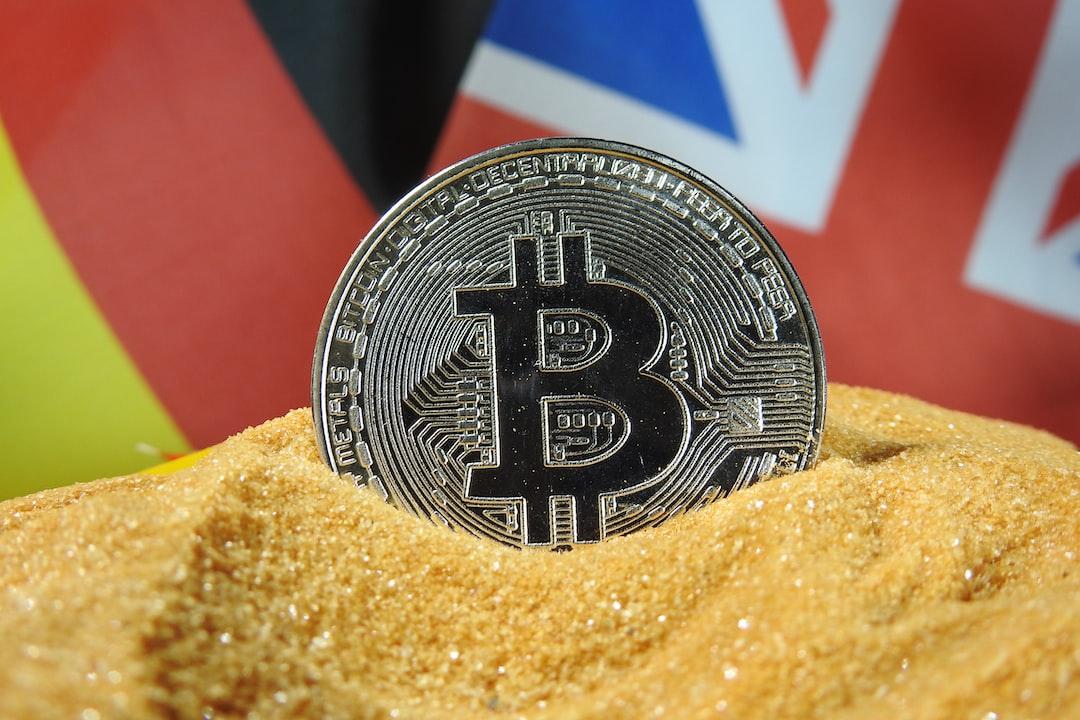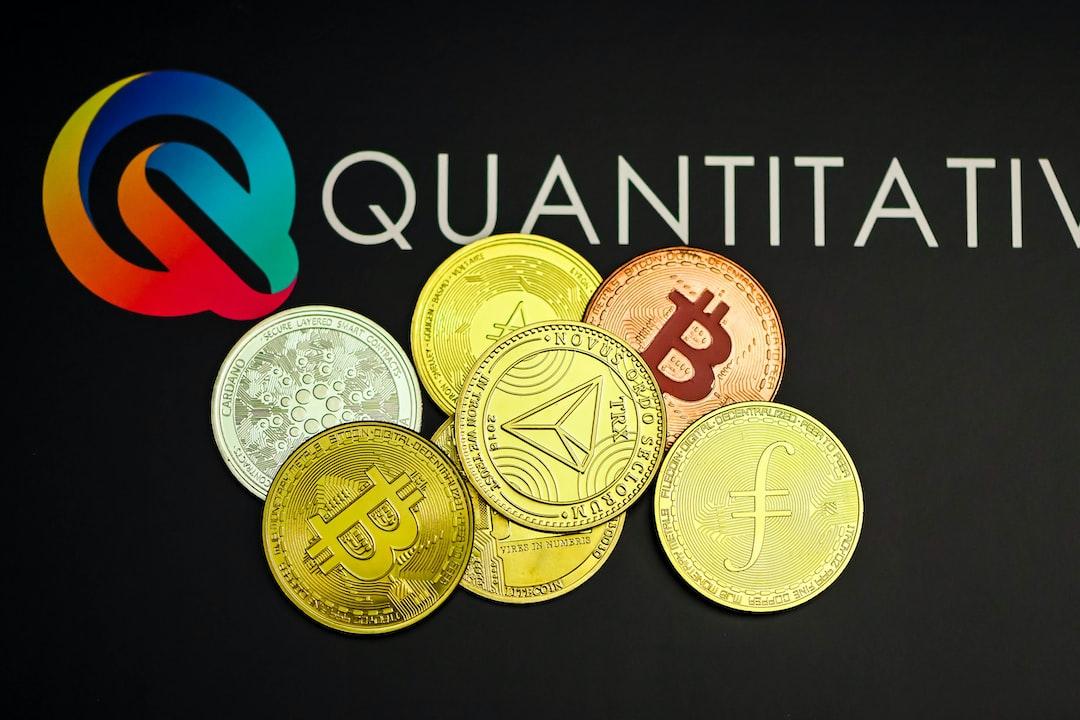Author: Deep Tide TechFlow
In recent days, the soon-to-be delisted Binance token “Alpaca Coin” $ALPACA has been at the center of market activity, stirring up over $10 billion in total trading volume with a circulating market cap of $30 million.
On April 24, Binance announced that it would delist four tokens, including Alpaca Finance ($ALPACA), on May 2.
The news of “delisting from Binance” is usually a significant negative for projects—delisting means reduced liquidity and shrinking trading volume, and token prices often plummet or even collapse in response.
However, $ALPACA clearly did not follow this narrative. Following the delisting announcement, $ALPACA experienced only a roughly 30% drop (based on Binance spot trading) in a short time, and then within three days, its price skyrocketed nearly 12 times, soaring from $0.029 to a peak of $0.3477. Meanwhile, the open interest (OI) of $ALPACA far exceeded its token market cap by several times.
The market battle surrounding $ALPACA began to resemble a “meat grinder” scenario.

Accelerated Rate Settlements, Heightened Long/Short Battle
There are no absolute trading rules.
One day after the delisting announcement, on April 25, Binance adjusted the contract funding rate settlement rules for $ALPACA, shortening the cap rate cycle to settle every hour (maximum ±2%). This further intensified the long/short struggle.
Longs not only profited from pushing prices up but also continued to “eat” high funding rates, leading to $ALPACA’s price engaging in a high-level struggle for nearly four days.
However, the shorts were not as fortunate. Settling a rate of -2% every hour means that under 1x leverage, short sellers holding a position for one day would at least lose 48% of their principal. Even with such high rates, funds choosing to short continued to flow in.
Amidst the fierce battle, some noticed something unusual. Certain traders with millions of dollars in volume were shorting $ALPACA with high leverage, ultimately leading to a liquidation of millions of dollars of their followers’ funds.

On April 29, Binance raised the upper limit of the $ALPACA contract funding rate to ±4%. For shorts, this increase in the rate cap would double the shorting cost. Yet, rather than deterring shorts, the price of $ALPACA bizarrely plummeted from $0.27 to around $0.067.

$ALPACA’s script has been unpredictable, and the original trading rules have repeatedly failed, with the only constant being change.
Reflecting on this billion-level farce, the recent $ALPACA activity can certainly be viewed as a meme—drawing massive attention from the delisting negative, allowing the principle that “any attention is good attention” to be maximally exploited in price fluctuations. Additionally, some characteristics of alpacas—relatively low circulating market cap (dropping to less than $4 million) in a first-tier exchange environment, highly controlled chips, and significant price fluctuations that constantly stimulate player nerves—also link to the meme culture.
While the image may be cute, for users truly engaged in this battle, the past few days might only be described as “bloody.”
With a frenzy of buying amid negative news, and a smooth decline following “short squeeze” news, the complex price movements of $ALPACA have overturned the usual “sell the news” logic, disrupting many traders’ positions.
Some voices suggest that the traders using followers’ money to short at all costs represent a predatory hunt for retail funds, akin to the saying: “The gentleman’s money is returned in full, while the people’s money is divided.” Whether this is true or not remains uncertain, but one thing is clear: even if the reality is not as dark, the ultimate winners in this manipulation will not be ordinary users.
However, things have two sides; while some feel confused, others feel exhilarated. For many participants seeking price volatility and possessing exceptional skills, the movement of alpacas may represent a long-awaited opportunity to make significant profits.
Clearly, the boundaries between “good news” and “bad news” have gradually blurred, and previous singular judgment logic is no longer applicable in an ever-evolving market. Instead, violent manipulation of human psychology has become prevalent, with constantly refreshing liquidation data gradually occupying the market’s center. The term “barbaric growth” may be quite fitting to describe this evolutionary direction.
Under the premise that corresponding regulatory measures are not yet fully developed, $ALPACA will not be the last instance of this kind of market manipulation.
As of the completion of this writing, $ALPACA’s price has experienced a drop followed by a sharp rebound, and perhaps before the official delisting, there will be more exciting “performances.”
In the tumultuous price battle, it is difficult for naive participants to secure a safe haven. In the hunt for attention and liquidity, perhaps a strategy of watching less and acting more is the most reasonable approach for retail investors. After all, it’s not just retail investors who see big news and an unusual price trend and think, “The opportunity has arrived”; project founders are also eagerly awaiting.

This article is reproduced with permission from Deep Tide TechFlow.

